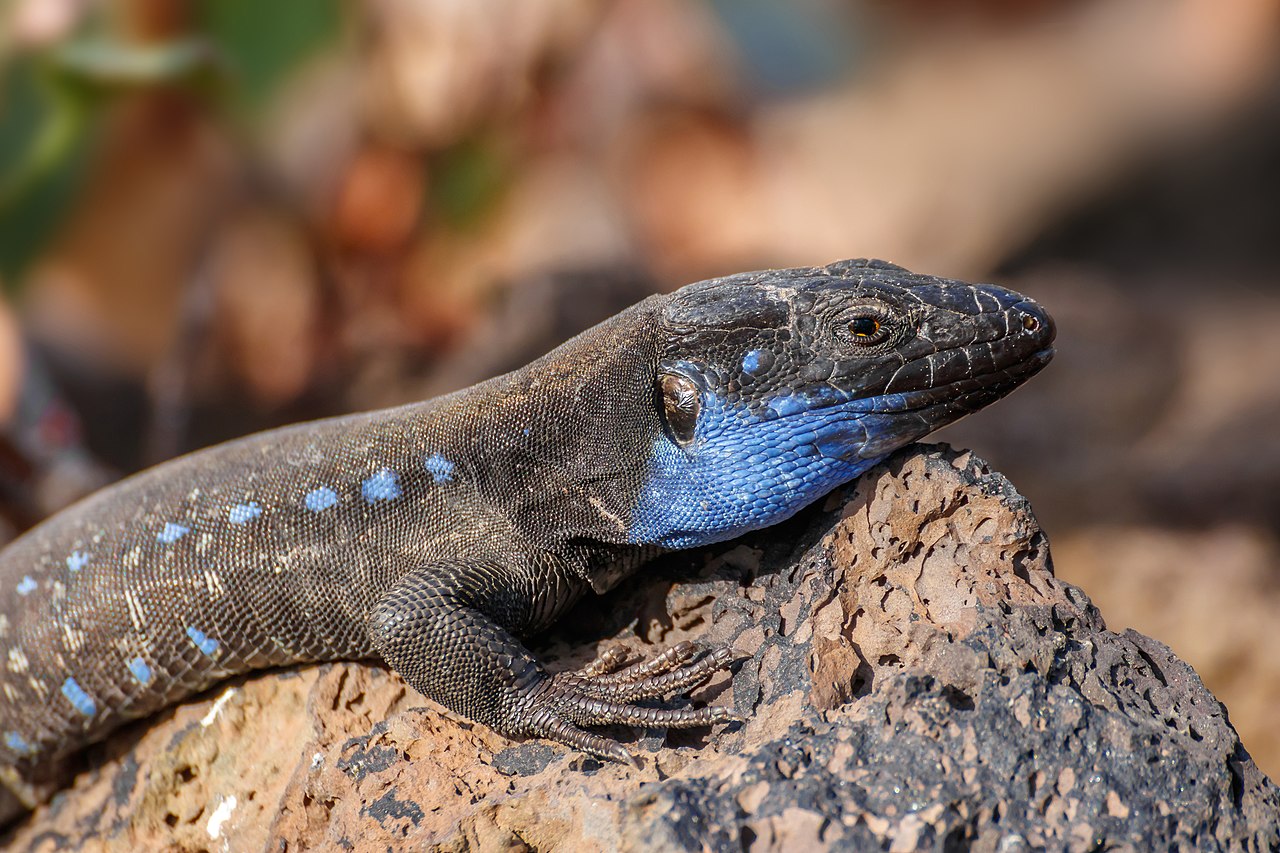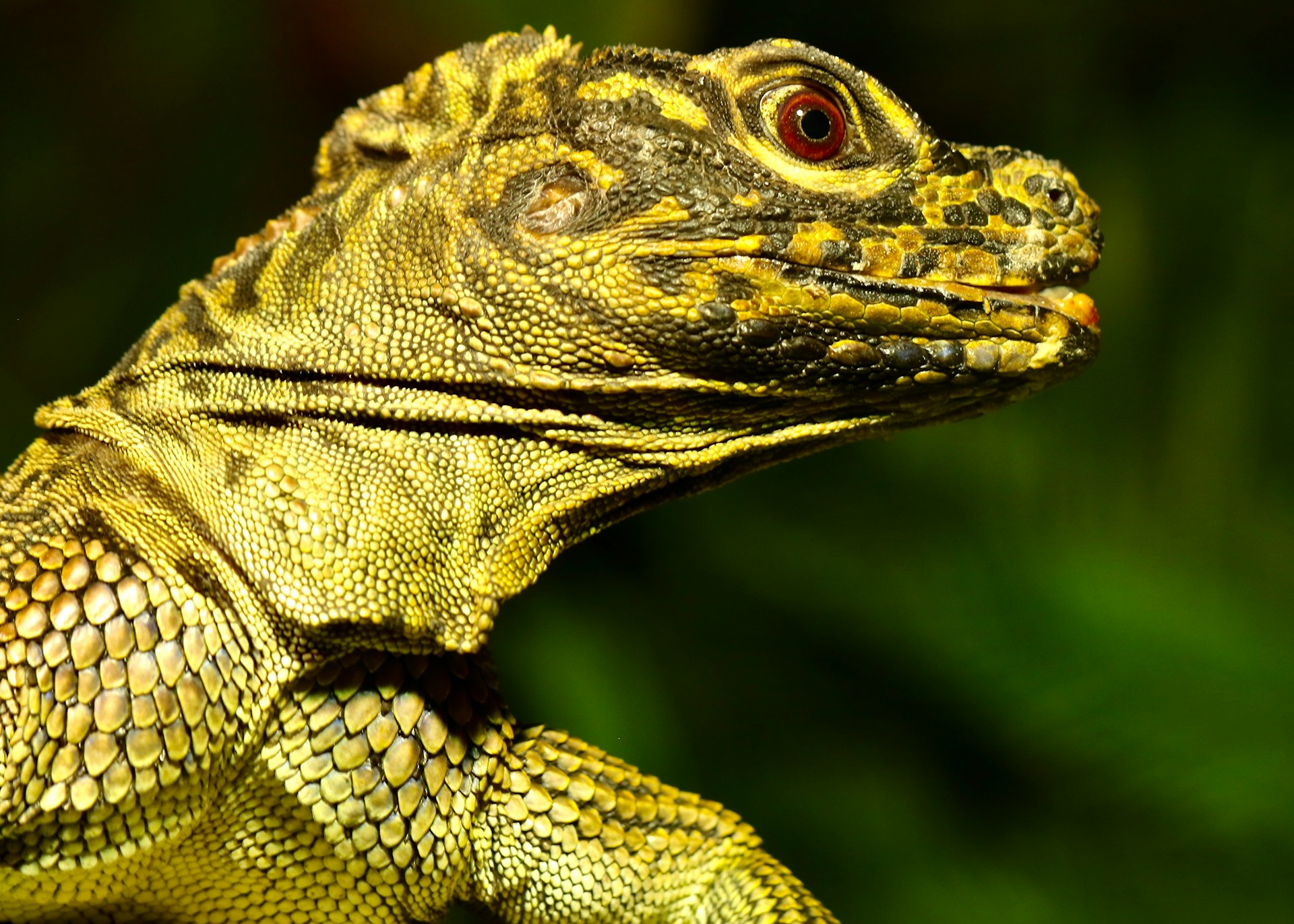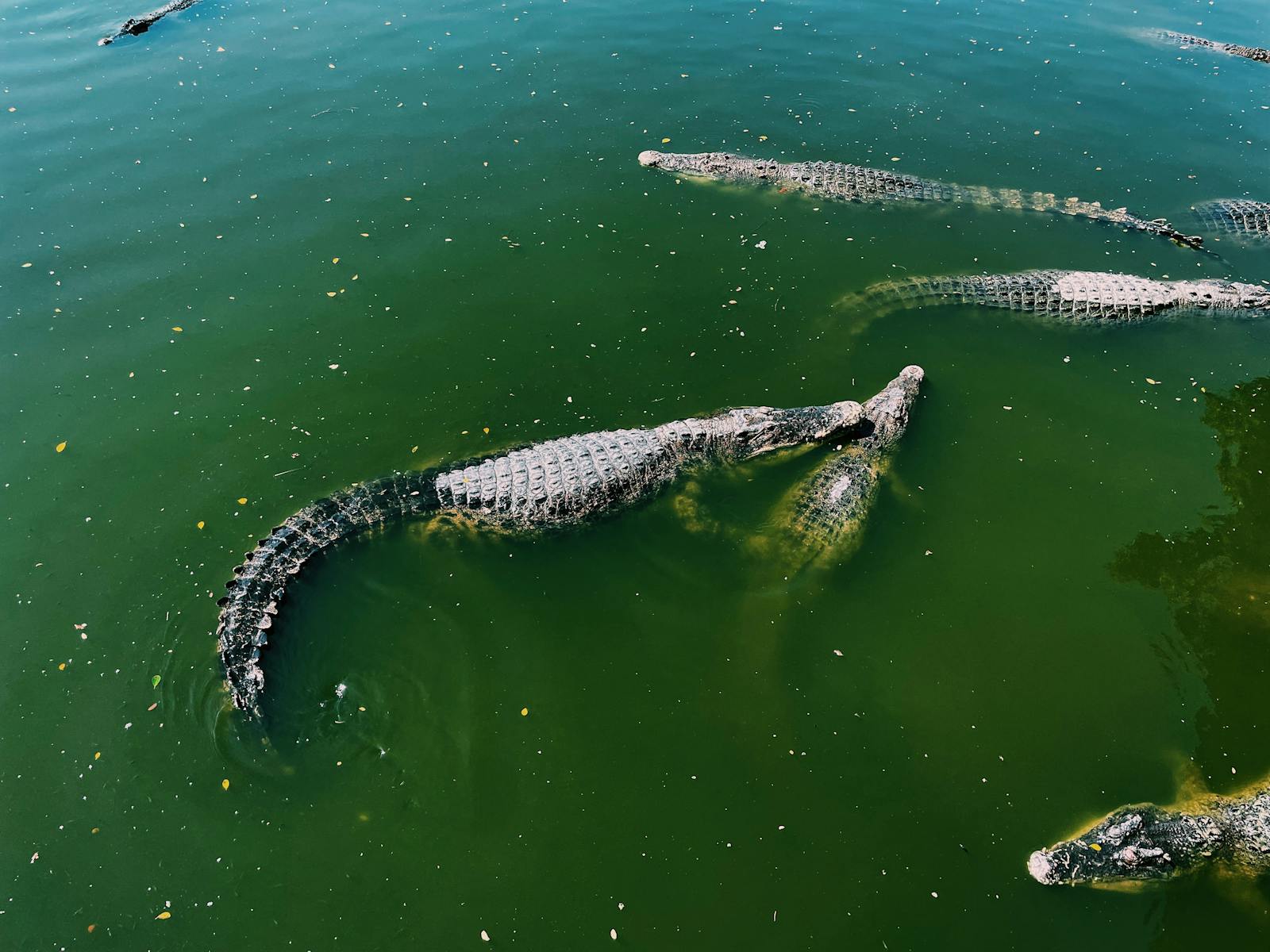In a world where biodiversity loss continues at an alarming rate, innovative conservation strategies are gaining traction among scientists and environmentalists. Reptile reserves—protected areas specifically designed to safeguard threatened lizards, snakes, turtles, and crocodilians—represent one of the most promising approaches to preserving these ancient lineages. Unlike traditional conservation methods that often prioritize charismatic mammals and birds, reptile reserves acknowledge the unique ecological requirements and challenges facing cold-blooded vertebrates. As climate change intensifies and habitat destruction continues unabated, many conservationists now argue that dedicated reptile sanctuaries may be our best hope for preventing the extinction of thousands of reptile species currently at risk. This specialized approach to conservation is gaining momentum worldwide, offering new insights into how we might protect some of Earth’s oldest and most misunderstood creatures.
The Overlooked Crisis in Reptile Conservation

Reptiles have long been relegated to the shadows of conservation efforts, despite representing approximately 11,000 species worldwide—more than twice the number of mammals. According to a 2022 comprehensive assessment published in Nature, nearly one in five reptile species faces extinction, with habitat loss, invasive species, climate change, and overexploitation driving this alarming decline. Unlike mammals and birds that often secure public sympathy and conservation funding, reptiles frequently face negative cultural perceptions and even irrational fears, making conservation advocacy particularly challenging. This neglect has created a significant protection gap, with reptiles receiving disproportionately less conservation attention despite their critical ecological roles as both predators and prey in countless ecosystems worldwide.
Unique Biological Needs Require Specialized Conservation
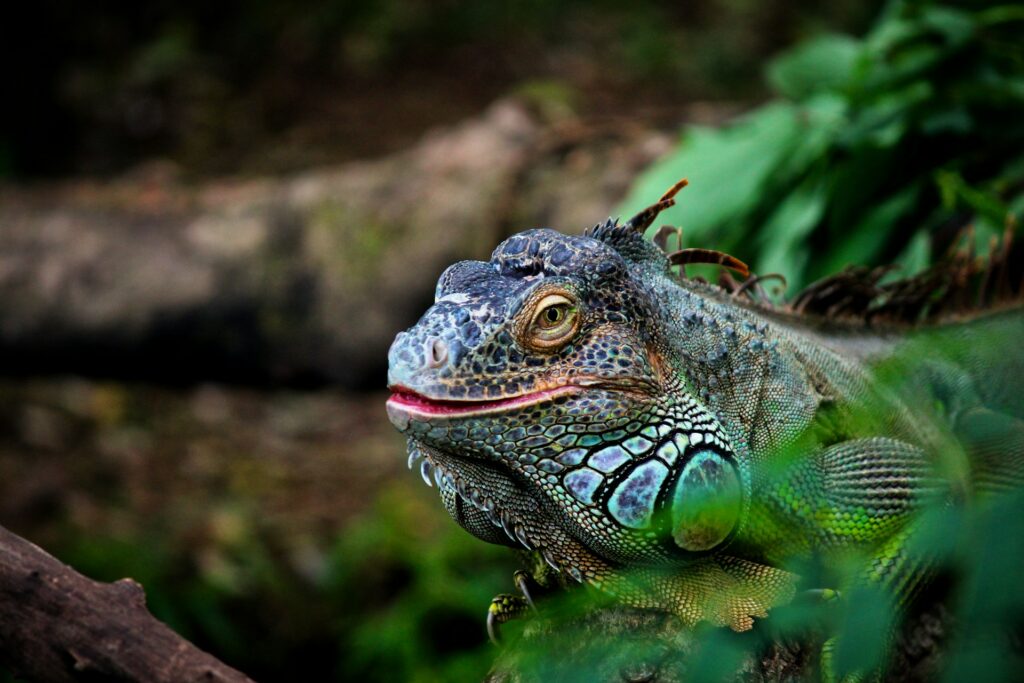
The ectothermic nature of reptiles—meaning they rely on external heat sources to regulate body temperature—creates conservation challenges not faced by warm-blooded animals. Many reptile species require specific thermal gradients and microhabitats, such as basking sites, shade refuges, and specialized hibernation locations to maintain proper physiological functioning throughout seasonal changes. Reptile reserves can be designed with these thermal requirements in mind, preserving critical habitat features that might be overlooked in more generalized conservation approaches. Similarly, many reptiles have highly specific dietary needs, reproductive strategies (including temperature-dependent sex determination in many species), and seasonal behaviors that demand tailored conservation measures beyond simply protecting large swaths of generic habitat.
Success Stories from Existing Reptile Sanctuaries
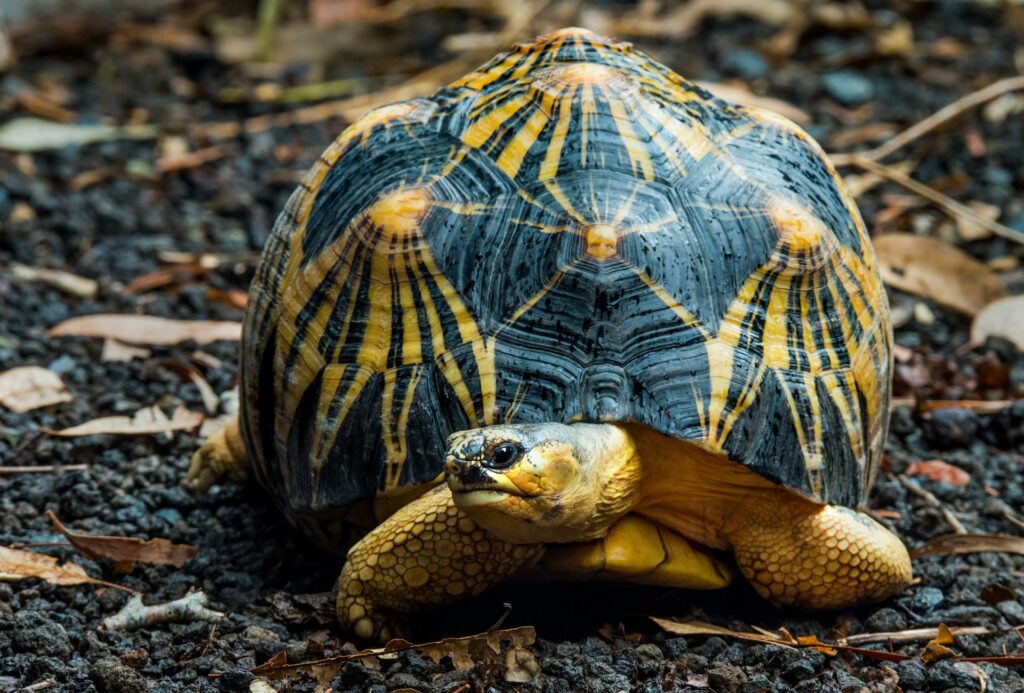
Several pioneering reptile reserves have already demonstrated remarkable success in protecting endangered species. The Turtle Conservancy’s Geometric Tortoise Preserve in South Africa has helped save the critically endangered geometric tortoise by protecting its specialized fynbos habitat and implementing crucial fire management practices essential to this ecosystem. In Australia, the Arid Recovery Reserve has created predator-proof exclosures that have allowed threatened reptiles like the vulnerable western three-lined knob-tailed gecko to recover in the absence of introduced predators. The Jamaican Iguana Conservation Program established protected areas in the Hellshire Hills that have brought the Jamaican iguana back from the brink of extinction through habitat protection and invasive predator control. These examples illustrate how dedicated reptile reserves, when properly designed and managed, can reverse population declines even for critically endangered species.
Climate Change Resilience Through Specialized Reserves
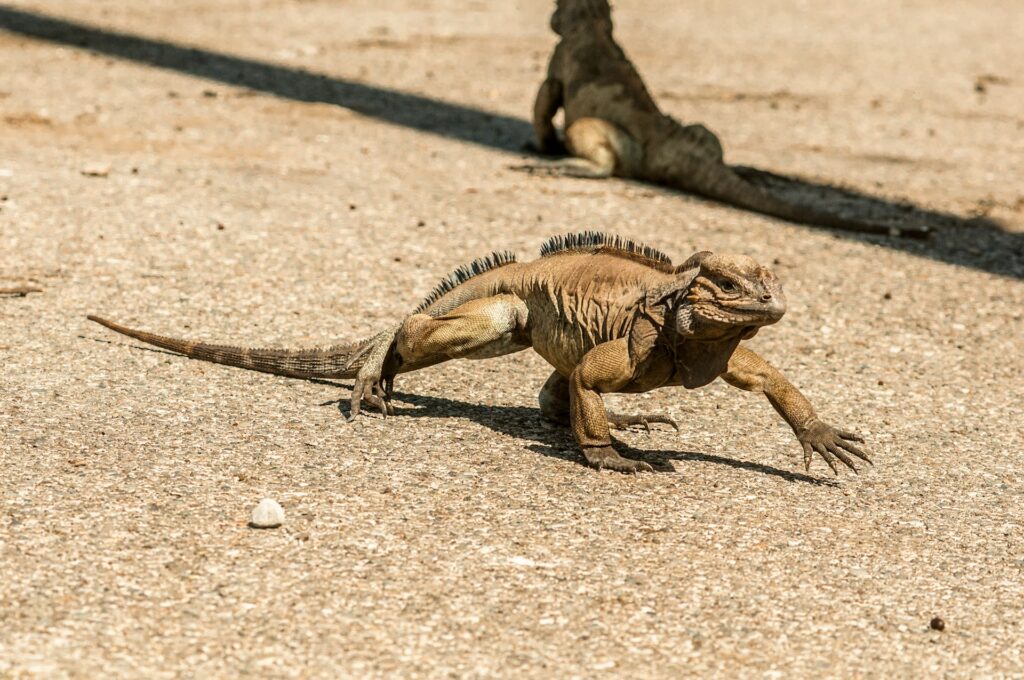
Climate change poses an existential threat to many reptile species due to their temperature-dependent biology. For reptiles with temperature-dependent sex determination, even small temperature increases can skew sex ratios dramatically, potentially leading to reproductive failure and population collapse. Specialized reptile reserves can incorporate climate adaptation strategies such as creating artificial nesting beaches with controlled temperatures for sea turtles, establishing habitat corridors that allow for range shifts, and protecting elevational gradients that provide thermal refuges. Some reserves are even experimenting with “assisted evolution” programs that identify and protect individuals with greater heat tolerance, potentially accelerating adaptation to changing conditions. By focusing explicitly on climate resilience for reptiles, these specialized reserves serve as living laboratories for climate adaptation strategies.
Economic Benefits of Reptile-Focused Conservation

Beyond their ecological value, reptile reserves can generate significant economic benefits for local communities. Ecotourism centered around charismatic reptile species—such as sea turtle nesting beaches in Costa Rica or Komodo dragon viewing in Indonesia—can create sustainable livelihoods while incentivizing protection of these species and their habitats. In the United States, the Alligator Farm Zoological Park in St. Augustine, Florida generates millions in tourism revenue while supporting conservation and research. Some reserves have developed sustainable harvesting programs for certain reptile species, allowing controlled use of resources while maintaining healthy populations through careful management. Additionally, reptile reserves can provide ecosystem services including pest control, as many reptiles consume agricultural pests and disease vectors like rodents and insects.
The Role of Ex-Situ Conservation in Reptile Reserves
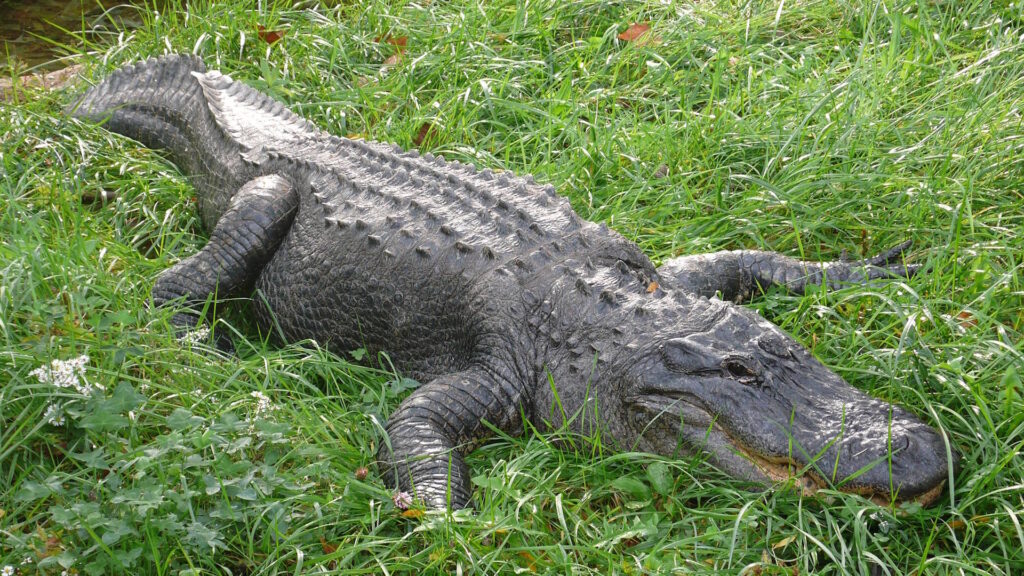
Modern reptile reserves increasingly incorporate ex-situ (off-site) conservation tactics alongside traditional habitat protection. Breeding facilities within reserves can maintain assurance colonies of critically endangered species, preserving genetic diversity and providing individuals for reintroduction when threats are mitigated. The San Diego Zoo Wildlife Alliance maintains such programs for numerous reptile species, including the critically endangered Jamaican iguana and various tortoise species. Head-starting programs—where eggs or hatchlings are collected from the wild, raised in protected conditions past their most vulnerable life stages, and then released—have shown remarkable success for species like the Kemp’s ridley sea turtle and Chinese alligator. Additionally, biobanking of genetic material and assisted reproductive technologies are becoming important components of comprehensive reptile conservation, allowing for genetic rescue options even for the most endangered species.
Innovative Monitoring Technologies in Reptile Conservation

Effective reptile reserves leverage cutting-edge technologies to monitor elusive species and assess conservation outcomes. Environmental DNA (eDNA) sampling allows researchers to detect reptile presence from DNA fragments left in water or soil, enabling non-invasive monitoring of rare or secretive species that would otherwise go undetected. Miniaturized GPS tracking devices, some weighing less than a gram, now make it possible to track movements of even small lizards and snakes, providing unprecedented insights into habitat use and informing reserve design. Remote camera traps with machine learning algorithms can automatically identify reptile species, generating large datasets on population dynamics with minimal human intervention. Thermographic imaging has proven particularly valuable for locating cryptic reptiles based on their thermal signatures, especially during nocturnal surveys when many species are most active.
Community Involvement and Indigenous Knowledge
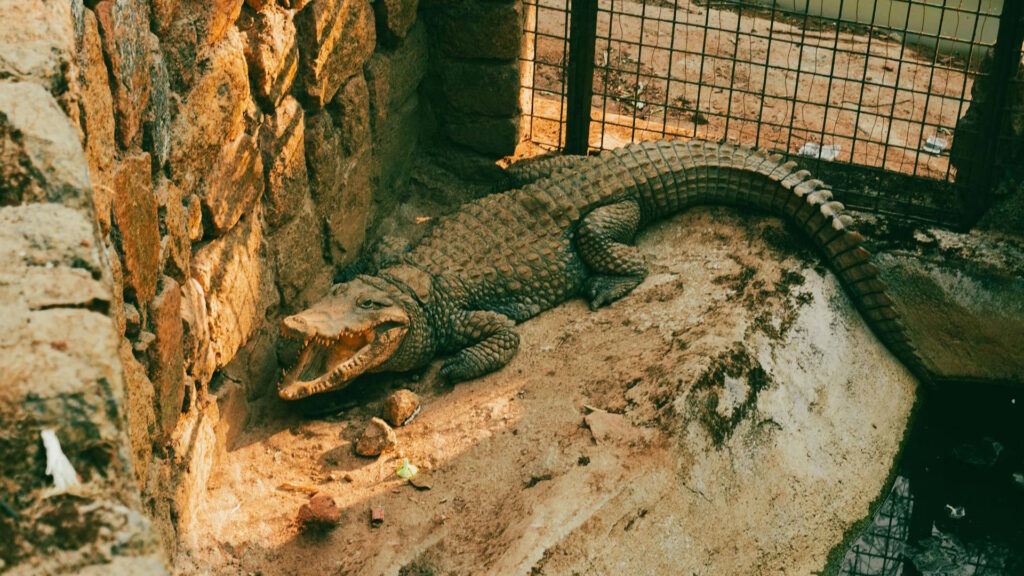
Successful reptile reserves often integrate local communities as stakeholders and conservation partners rather than excluding them from protected areas. Indigenous ecological knowledge has proven invaluable in understanding reptile ecology, as many traditional communities have accumulated detailed observations of reptile behavior, habitat requirements, and population trends over generations. The Madras Crocodile Bank Trust in India employs local community members as rangers and educators, creating livelihood opportunities while leveraging traditional knowledge about mugger crocodiles and gharials. In Australia, Aboriginal ranger programs incorporate traditional burning practices that benefit reptile communities by creating habitat mosaics and preventing catastrophic wildfires. Community-based monitoring programs train local residents to collect scientific data on reptile populations, creating a sense of ownership while generating valuable information for conservation management.
Overcoming Stigma Through Education
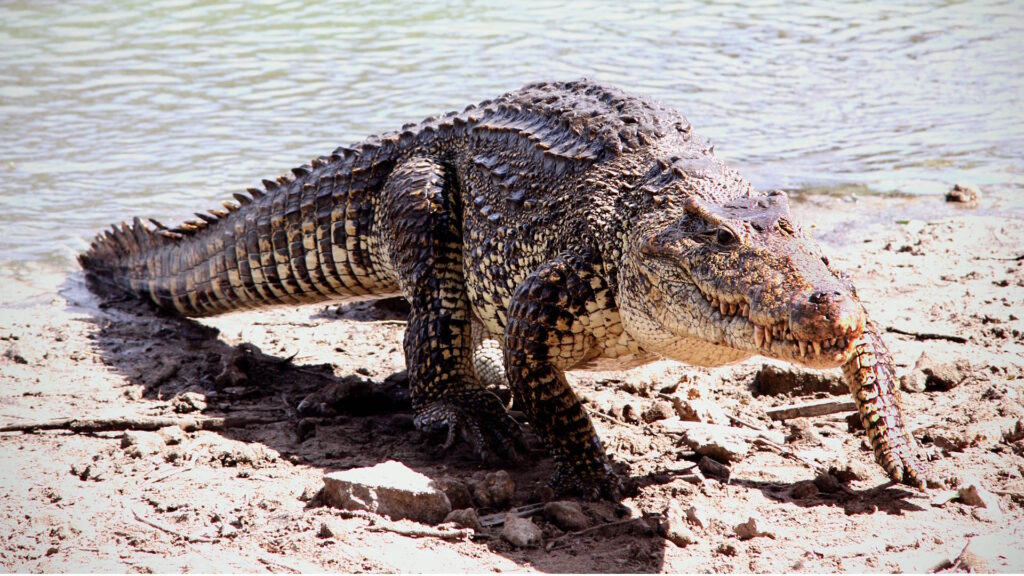
One of the greatest challenges in reptile conservation is overcoming deeply entrenched negative attitudes and cultural prejudices. Reptile reserves increasingly incorporate educational components that challenge misconceptions and foster appreciation for these often-maligned animals. The Madras Crocodile Bank Trust in India hosts over 500,000 visitors annually, using interactive exhibits and demonstrations to transform fear into fascination and support for conservation. Some reserves conduct outreach programs in local schools, using live animals and hands-on activities to create positive early experiences with reptiles. Training programs for journalists and media professionals help ensure more accurate and less sensationalized portrayals of reptiles in news and entertainment. By changing public perceptions, reptile reserves can build broader political and financial support for conservation efforts while reducing persecution of reptiles outside protected areas.
The Challenge of Funding Specialized Conservation
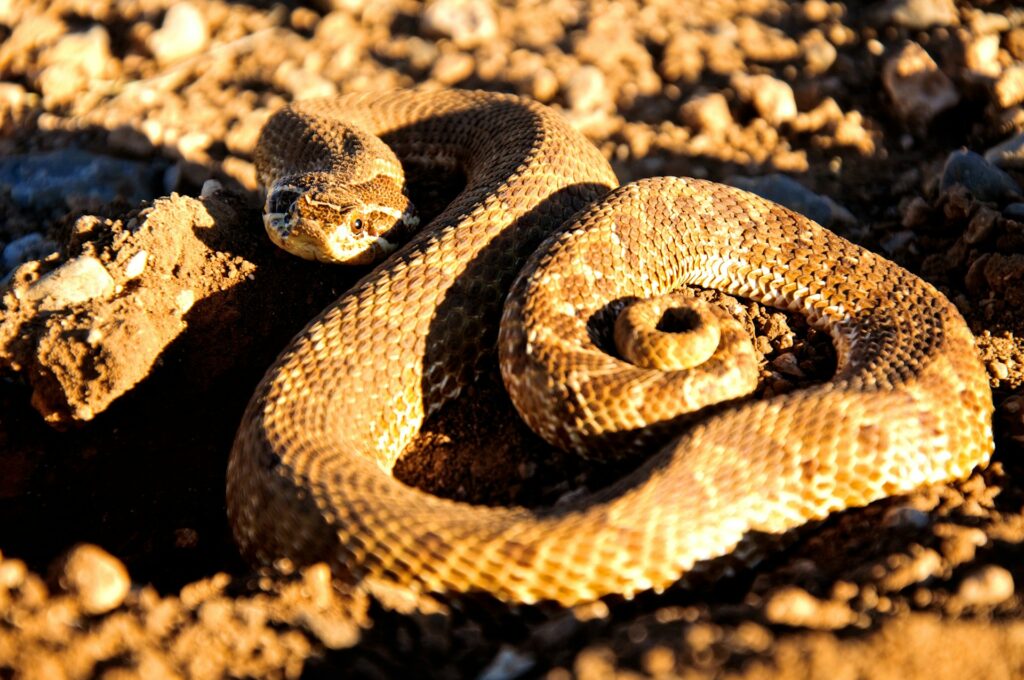
Despite their ecological importance, reptile conservation initiatives typically receive far less funding than efforts focused on more charismatic mammals and birds. Innovative financing mechanisms are emerging to address this gap, including conservation trust funds specifically earmarked for reptile protection. Corporate partnerships have proven successful in some cases, with businesses supporting reptile reserves through direct funding or purchase of carbon and biodiversity credits generated by these protected areas. Crowdfunding campaigns have successfully raised money for specific reptile conservation projects, particularly when focused on charismatic species like sea turtles or endangered tortoises. Some reserves have developed sustainable revenue streams through carefully managed ecotourism, specialized tours for reptile enthusiasts, or photography workshops that generate income while minimizing disturbance to sensitive species.
Legal Frameworks and International Cooperation
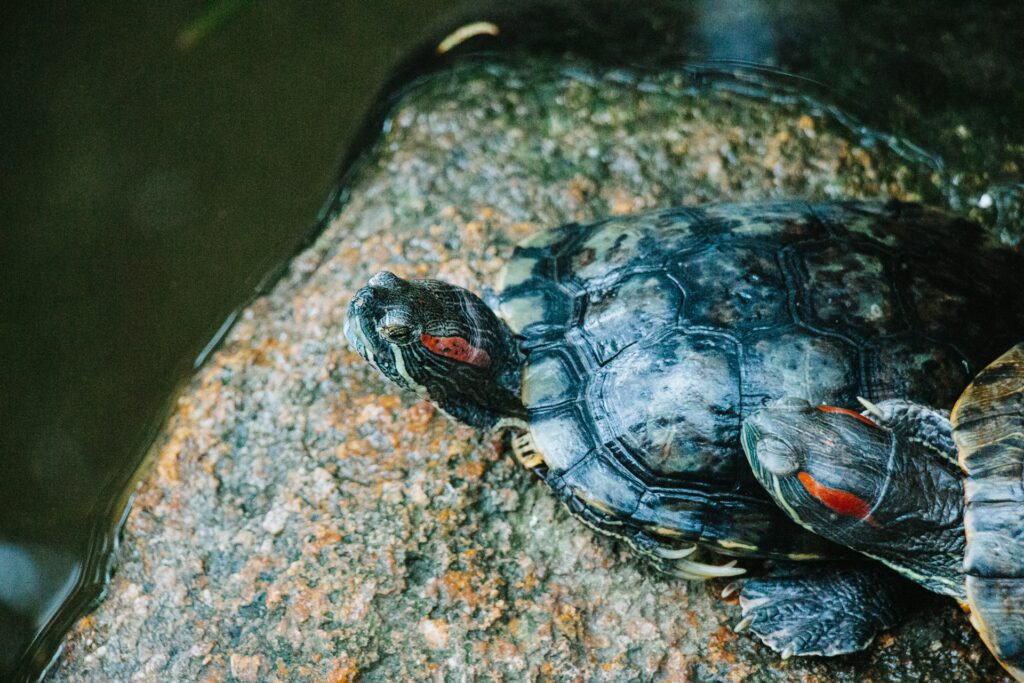
Effective reptile reserves require strong legal protection and international cooperation, particularly for migratory species like sea turtles. The Convention on International Trade in Endangered Species (CITES) provides crucial regulations on international trade in threatened reptiles, though enforcement remains challenging in many regions. Regional agreements like the Inter-American Convention for the Protection and Conservation of Sea Turtles coordinate conservation efforts across multiple countries sharing migratory species. National protected area legislation varies widely in its effectiveness for reptile conservation, with some countries creating specific legal designations for reptile reserves with enhanced protection measures. Transboundary reserves that cross international borders are increasingly important for wide-ranging reptile species, requiring diplomatic cooperation and harmonized management approaches between neighboring countries.
Balancing Single-Species and Ecosystem Approaches
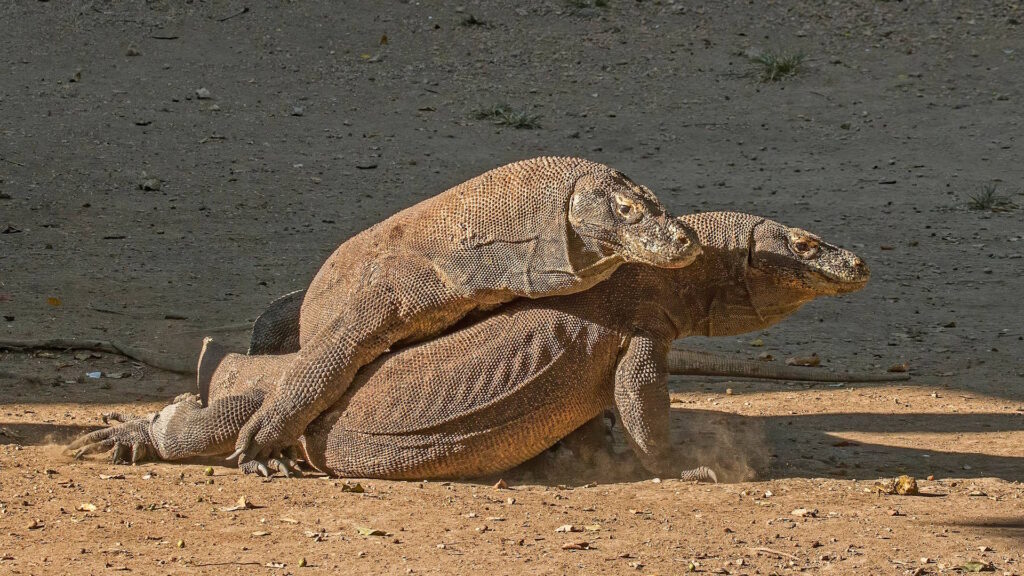
Conservation biologists debate whether to focus on flagship reptile species or broader ecosystem protection, with reptile reserves often finding middle ground between these approaches. Flagship species like Komodo dragons or leatherback sea turtles can attract public interest and funding that benefits entire ecosystems, making them valuable conservation ambassadors. However, research shows that reserves designed for single charismatic species don’t always protect the full range of reptile diversity, particularly smaller or less conspicuous species with different habitat requirements. Many successful reptile reserves use a nested approach, with core areas designed for particularly threatened species surrounded by buffer zones that protect broader ecosystem functions. Increasingly, reptile conservationists emphasize the importance of preserving not just species but also evolutionary processes and genetic diversity, requiring protection of multiple populations across different habitat types and geographic regions.
The Future of Reptile Conservation: Integrated Networks
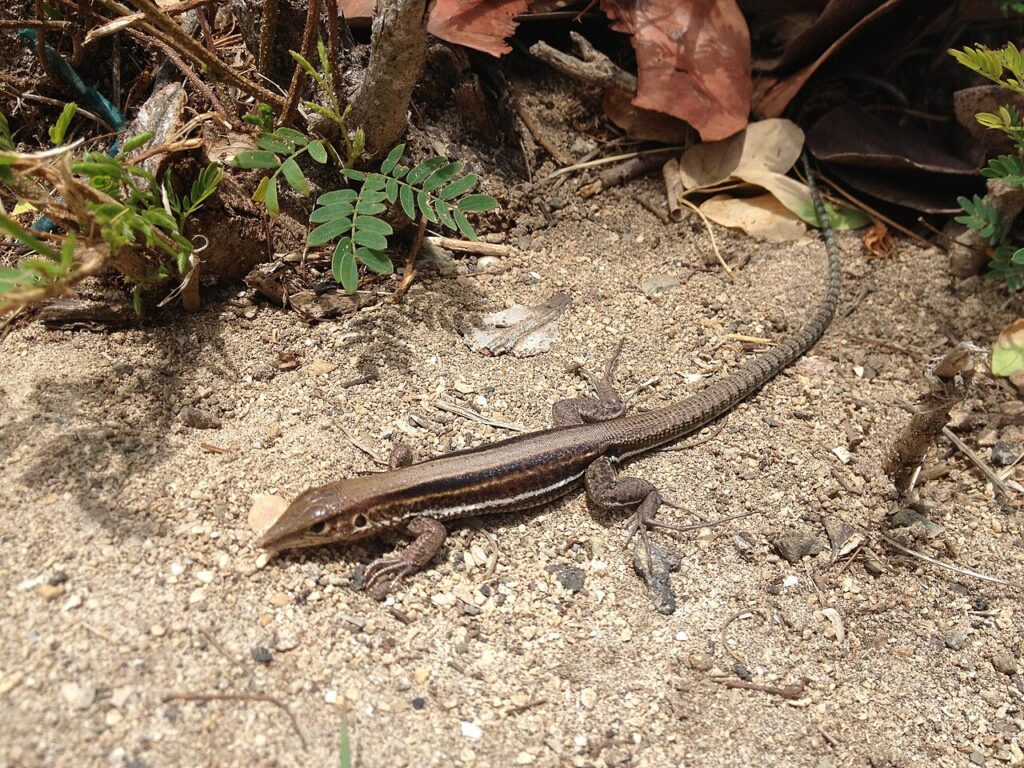
The most forward-thinking conservationists envision not isolated reptile reserves but interconnected networks of protected areas spanning different habitats and climatic zones. These conservation networks would include corridors allowing reptile populations to move in response to climate change or other environmental shifts. Coordinated management across multiple reserves can facilitate genetic exchange between isolated populations, maintaining evolutionary potential and reducing inbreeding risks. Some regions are developing reptile-focused “rewilding” initiatives that restore not just habitat but also ecological processes like predation and seed dispersal performed by reptiles. With adequate investment and political support, integrated reptile reserve networks could reverse current extinction trends and ensure these ancient lineages survive well into the future, adapting to changing conditions just as they have for hundreds of millions of years.
Conclusion
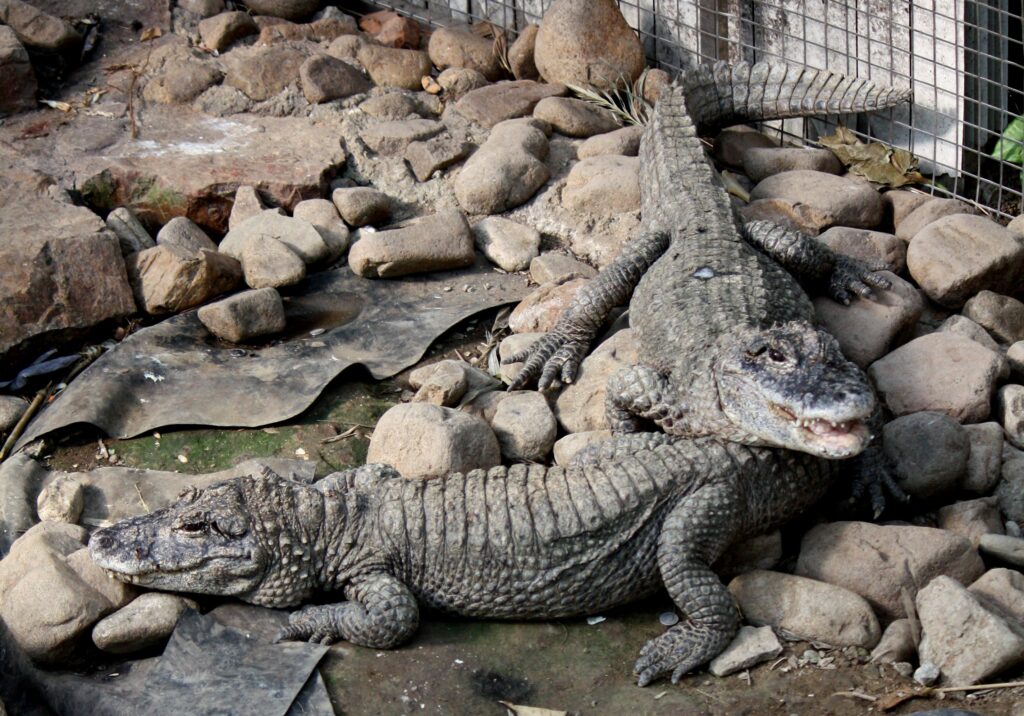
The growing movement toward specialized reptile reserves represents a critical evolution in conservation thinking—recognizing that effective protection requires approaches tailored to the unique biology and challenges of different animal groups. While traditional conservation strategies have often focused on preserving large tracts of land with minimal consideration for reptile-specific needs, dedicated reptile reserves address thermal requirements, specialized microhabitats, and the particular threats facing these often-neglected species. As climate change accelerates and habitat loss continues, these specialized sanctuaries may represent the last hope for many threatened reptile species. By combining habitat protection with innovative monitoring, community involvement, educational initiatives, and ex-situ conservation tactics, reptile reserves offer a comprehensive approach to preserving biodiversity. The future of reptile conservation likely lies not in choosing between general ecosystem protection and specialized reserves, but in thoughtfully integrating both approaches into cohesive conservation strategies that ensure these remarkable animals continue to thrive on our changing planet.

